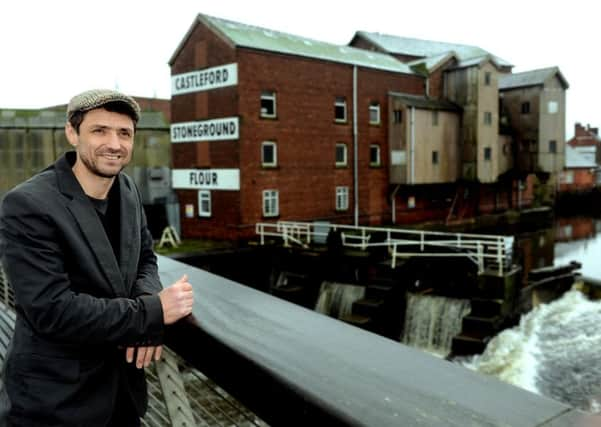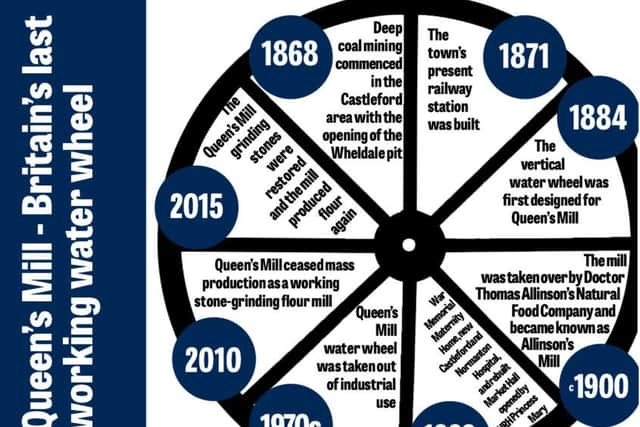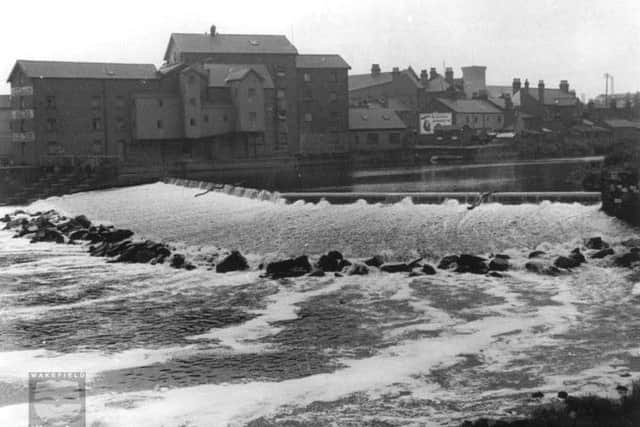Britain's last functioning water wheel


Its giant 20ft diameter iron and timber frame has 24 buckets and for decades it powered mill stones using water from the River Aire.
The amount of wheat these stones ground led to claims the building, still known locally as Allinson’s Mill, was the largest stone ground flour mill in the world.
Advertisement
Hide AdAdvertisement
Hide AdBut new research by Castleford historian Andrew Rollinson has revealed this is not the mill’s only significance.


Dr Rollinson, a research engineer at the University of Nottingham, said: “The mill’s water wheel was very important.
“It was built late on for a water wheel, when many were getting replaced by steam engines.
“It also became the last vertical water wheel to be taken out of industrial service in Britain so it has great historical significance.”
Advertisement
Hide AdAdvertisement
Hide AdAccording to Dr Rollinson’s research, the water wheel, which stands on the Southern bank of the River Aire was designed for Queen’s Mill in 1884.


And it continued in industrial use until the 1970s, at least ten years later than any other that has been recorded.
In his research paper, Dr Rollinson speculates why the water wheel remained long after others of its type had been decommissioned.
He said: “Its longevity is probably a testament to its high efficiency, reliability, compatibility with the smooth and constant flow rates of the River Aire, continuous navigable access for trade to and from the site, and a preference for traditional milling operations.”
Anyone interested in hearing more about Dr Rollinson’s research can email [email protected]